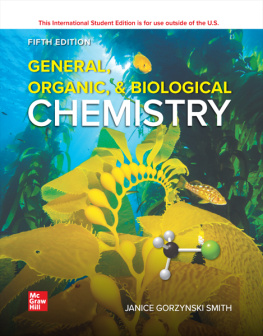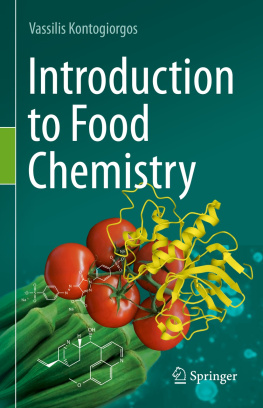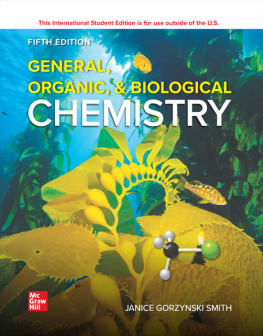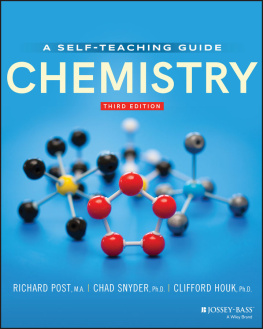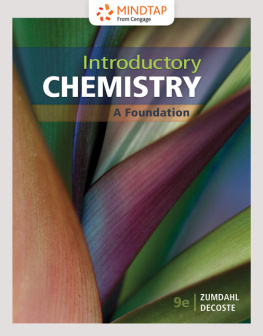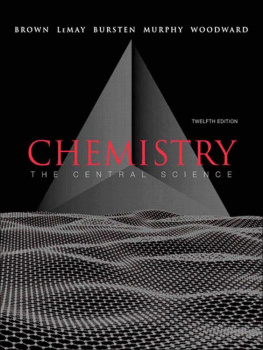Contents
Landmarks
List of Figures
List of Tables
Page List
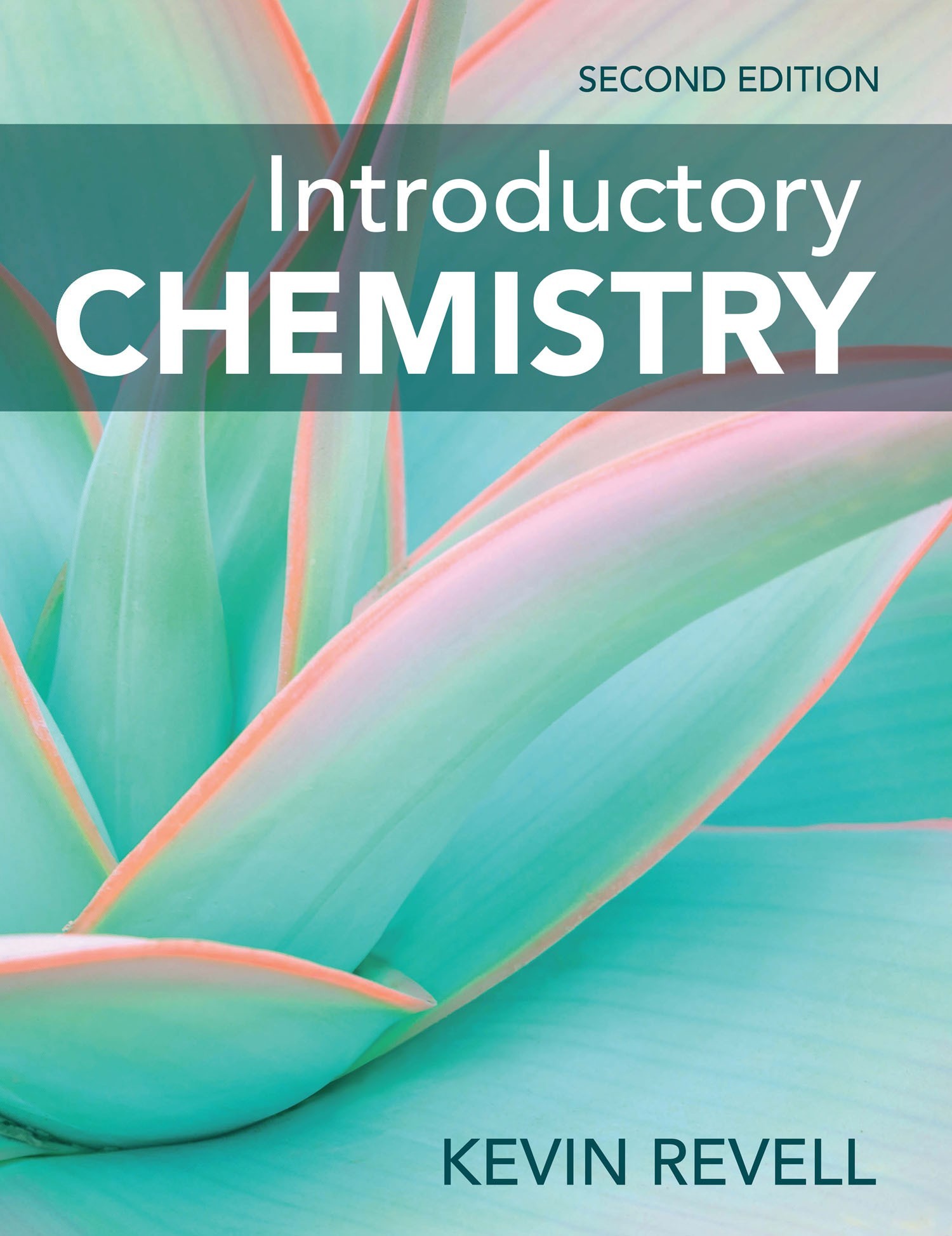
The cover shows agave leaves in pastel colors. Text on the cover reads: Introductory Chemistry. Second Edition. Kevin Revell.
Introductory Chemistry
- Kevin Revell
- Murray State University

Senior Vice President, STEM: Daryl Fox
Senior Program Managers: Beth Cole, Jeff Howard
Senior Marketing Manager: Maureen Rachford
Executive Content Development Manager, STEM: Debbie Hardin
Senior Development Editor: Erica Champion
Development Editor: Heather McCoy
Executive Project Manager, Content, STEM: Katrina Mangold
Editorial Project Manager: Karen Gulliver
Director of Content, Physical Sciences: Heather Southerland
Senior Media Editors: Stacy Benson, Kris Hiebner
Media Editor: Kelsey Hughes
Editorial Assistant: George Hajjar
Marketing Assistant: Morgan Psiuk
Director, Content Management Enhancement: Tracey Kuehn
Senior Managing Editor: Lisa Kinne
Senior Content Project Manager: Won McIntosh
Senior Workflow Project Manager: Lisa McDowell
Production Supervisor: Robin Besofsky
Director of Design, Content Management: Diana Blume
Design Services Manager: Natasha A. S. Wolfe
Cover Design Manager and Designer: John Callahan
Text Designer: Lumina Datamatics, Inc.
Art Manager: Matthew McAdams
Illustrations: Troutt Visual Services
Director of Digital Production: Keri deManigold
Media Project Manager: Dan Comstock
Permissions Manager: Jennifer MacMillan
Executive Permissions Editor: Cecilia Varas
Photo Researcher: Krystyna Borgen, Lumina Datamatics, Inc.
Composition: Lumina Datamatics, Inc.
Cover Image: zozzzzo/Getty Images
ISBN-13: 978-1-319-38384-8 (epub)
2021, 2018 by W. H. Freeman and Company
All rights reserved.
1 2 3 4 5 6 25 24 23 22 21 20
Macmillan International Higher Education
One New York Plaza
Suite 4600
New York, NY 10004-1562
www.macmillanihe.com
A Word from the Author
Welcome to Introductory Chemistry!
For many students, introductory chemistry is a general-education requirement en route to a degree in education, business, or a liberal-arts field. For others, it is a stepping stone toward a challenging general chemistry course and a career in health care, agriculture, or even science and engineering. Some are traditional students, but many others are nontraditional students balancing jobs, family, and the dream of completing a college degree. And for many, chemistry can seem elusive, mystical, and intimidating.
My vision is to make chemistry accessible to these students, not just through a textbook, but through an integrated learning experience that addresses different learning styles and draws on a variety of pedagogical techniques to engage and challenge students.
Lets begin with the text. Ive tried to write in a friendly, casual styleusing analogies, stories, and images to make the important ideas stick. Ive blended this with digital interactives to create an active reading experience. In some of these interactive figures, you can explore chemical changes, choosing different substances to see how they react. In others, youll be able to practice key knowledge and skills through simple games.
For instructors, Introductory Chemistry is more than a textbookits a complete curriculum, suited for traditional, flipped, online, or blended active-learning classrooms. Ive created video lectures for every section, with corresponding PowerPoint decks that you can modify as you see fit. Ive included in-class activities, clicker questions, and speed drills, developed over many semesters. Think of it as a tool belt, equipping you with the curriculum to suit the needs of your classroom.
The pages that follow describe many of these features in more detail. Whether you are teaching a class, taking a class, or just exploring chemistry for the first time, Introductory Chemistry is designed to help you achieve your goals. You can do thislets get started.
Best wishes,


KEVIN REVELL teaches introductory, general, and organic chemistry at Murray State University. A passionate educator, his teaching experience includes high school, community college, small private, state comprehensive, and state flagship institutions. His work encompasses curriculum, technology-enhanced pedagogy, assessment, and active-learning design. A synthetic chemist by training, his research involves the synthesis and evaluation of functional organic materials. With his wife, Jennifer, Kevin has three childrenJames, Julianne, and Joshuaand four grandchildren.
Light bulb moments and unrivaled support
Introductory Chemistry is the result of a unique author vision to develop a robust combination of text and digital resources that motivate and build student confidence while providing a foundation for their success. Kevin Revell knows and understands students today. Through his thoughtful and media-rich program, Kevin creates light bulb moments for introductory chemistry students and provides unrivaled support for instructors.
Overview of key features
ACCESSIBLE AND ENGAGING STUDENT RESOURCES
- The text features a concise, yet compelling narrative that students understand. Kevin Revells strong author voice acts as a coach, providing encouragement and strategies for challenging topics. Engaging analogies taken directly from Kevins years in the classroom contextualize chemical concepts, expressing big ideas to students in a framework they will understand. And personal stories provide a friendly and welcoming tone to relate content to everyday life and encourage students to draw from their own experiences in scientific thinking.
- Each chapter opens with a story of how real people apply chemistry concepts from the chapter to real-world problems. These stories are revisited at the end of the chapter for a deeper understanding using what students have learned.
- The interactive e-book includes features for highlighting, note-taking, and accessibility support. In the e-book, chemistry comes alive through a variety of multimedia that enhances visualization, conceptual understanding, and problem-solving skills. Lecture videos, created and narrated by Kevin Revell, are an alternative to reading. Foundational concepts and skills are revisited and reinforced with LearningCurve adaptive quizzing. Problem-solving videos accompany each in-text example problem. Animations replace static figures to depict dynamic events or reactions at a molecular level. Embedded


